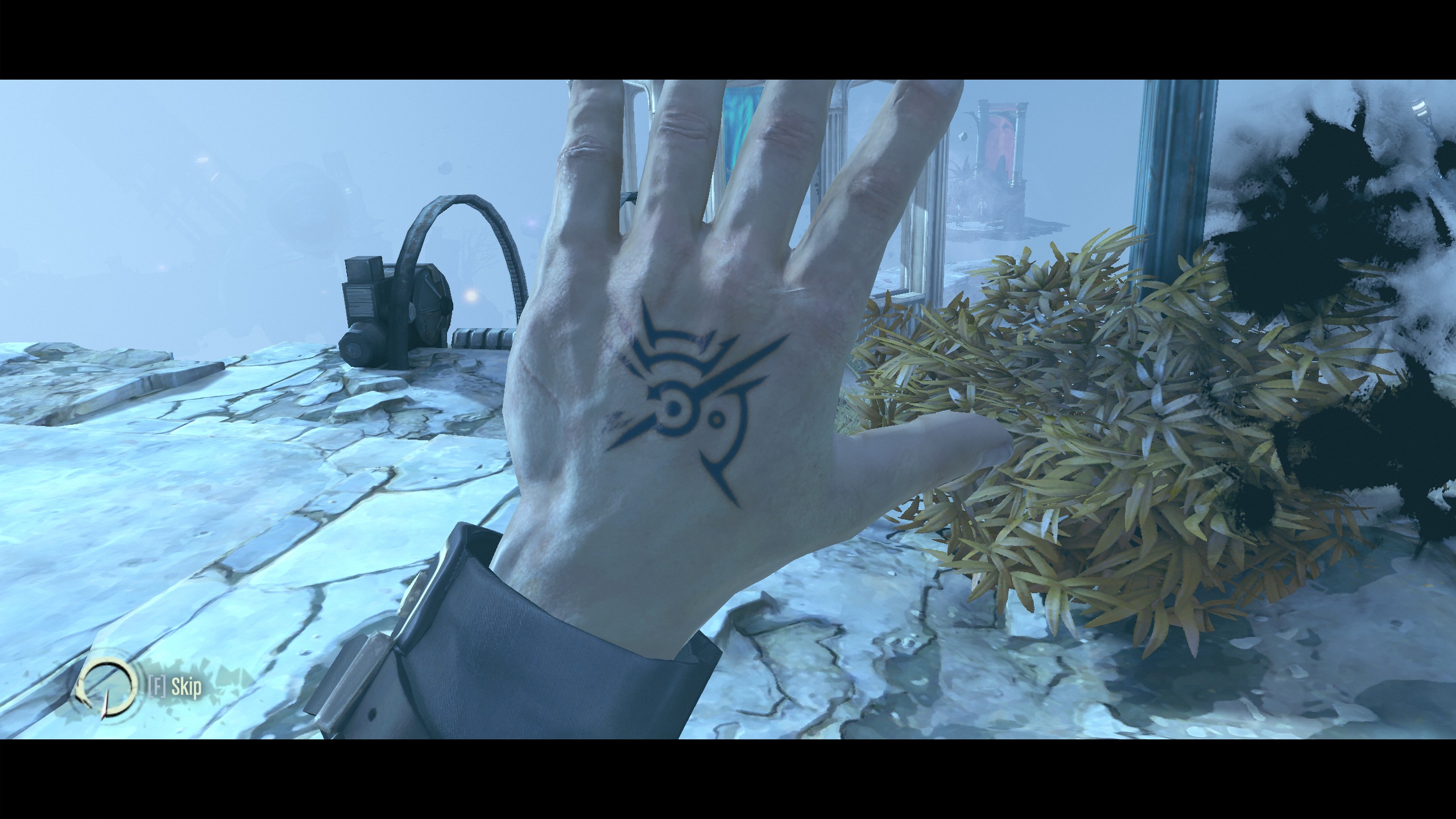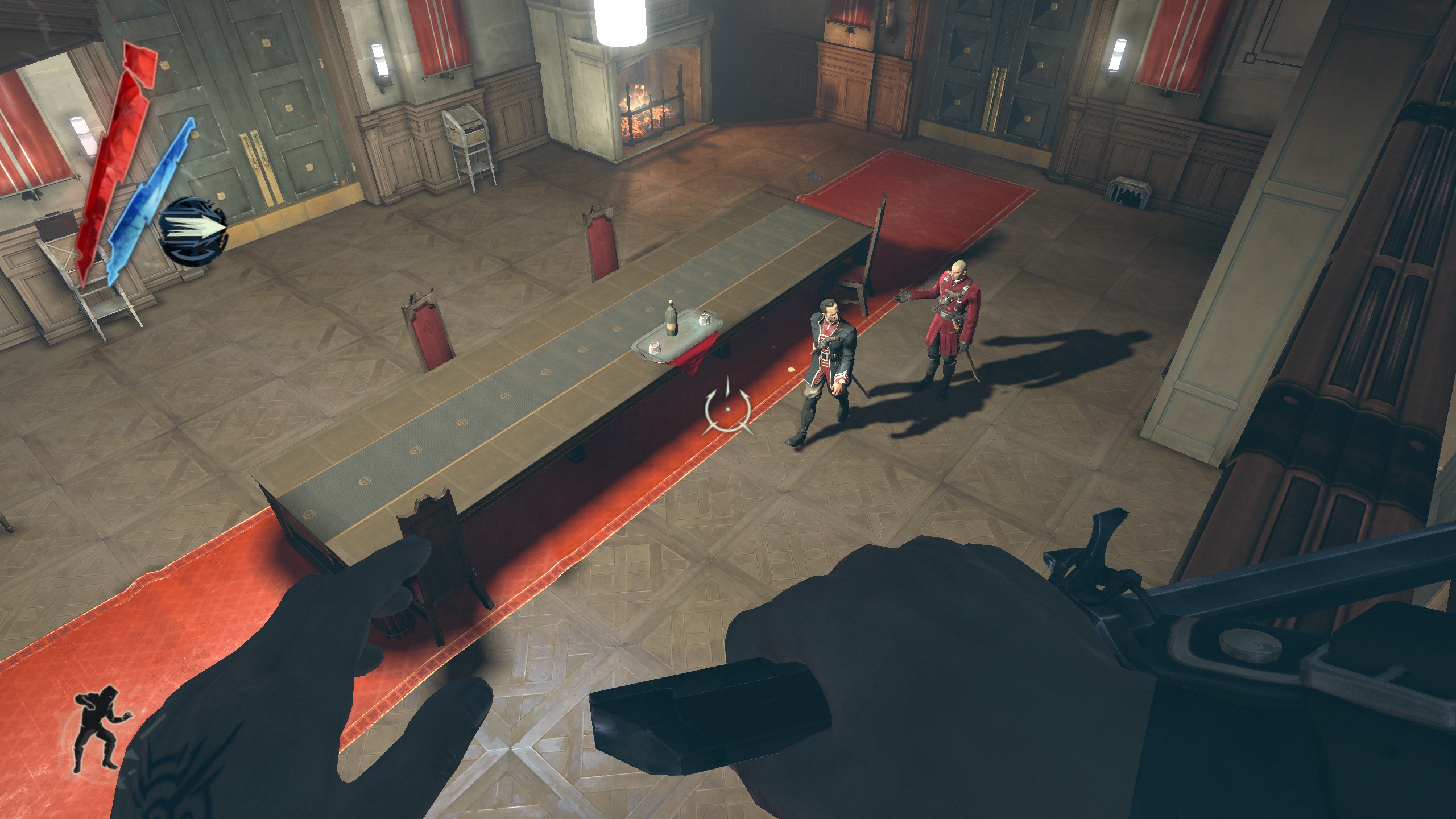I’m somewhat ashamed to admit I never played Thief. The first time I saw it being played was so long ago I can’t even remember the year, but it was a friend’s house, on his original-generation Xbox. I didn’t see a lot of gameplay, but what I did was enough to intrigue me.
Dishonored has been described as the spiritual successor to Thief, and it’s easy to see why: both are stealth based games, both revolve around assassinations of prominent characters, and both are set in some kind of steampunk-slash-industrialised England. Like I said — I’ve never played any of the Thief series myself, but Dishonored looked good enough that I decided to pick it up the other day.
And I’m glad I did, because Dishonored is my game of the year. More on this in a bit.
There’s a lot to like about Dishonored, wrong spelling of its title aside. You play the part of Corvo, a bodyguard of sorts who fails to protect his primary within the first few minutes of the prologue. What happens next is the story of how you escape from prison, meet up with some mysterious friends and benefactors, and begin exacting revenge upon those who wronged you in the opening scene.
The story itself is all very cloak-and-dagger, and it plays out like any good conspiracy should: the bad guys all have ulterior motives, and you soon begin to start unravelling the real sequence of events that led up to your wrongful incarceration. There’s a bigger picture here, one that you might not fully understand unless you’re reading the myriad of letters and notes left carelessly on desks, or securely locked away in safes. The basic premise of the story is based around the tried-and-true concept of “someone did some wrong to me, now it’s my turn to find out what happened and/or slit the throat of everyone who was involved”, with perhaps a few non-optional side quests here and there. It’s all quite well done, to be honest.
But as good as the story aspect of Dishonored is, where it really shines is the gameplay. The combination of stealth and the option of non-leathal and lethal takedowns at all times gives you lots of choice — there’s always multiple ways to the objective to suit your gameplay style. Do you walk in the front door with pistol in hand and sword in the other, ready to execute whomever you come across? Or do you use the side entry, tagging the guard with a sleeping dart before scaling the wall to get access to the roof, dropping onto a guard from the railing and taking him out like you’re Batman? There’s lots of choice in Dishonored, enough to suit whatever your playstyle might be.
The stealth aspect is particularly interesting. It’s been a while since I last played a good stealth game, and I think the last title that did this the whole “stealth combined with multiple access routes” was Deus Ex: Human Revolution. That game had similar choices when approaching objectives, meaning that you could either walk in and blow stuff up, or you could take the stealthy route, silently taking out guards and managing to do the most amount of damage without any alarms being rung. And say what you will about the Splinter Cell series turning to crap after whatever the last title was, but Splinter Cell Conviction was enjoyable because it employed stealth in a way that worked well: its excellent use of colour (or more specifically, the lack thereof) to tell you when you were hidden from enemies was a brilliant, brilliant move. Continue Reading →

